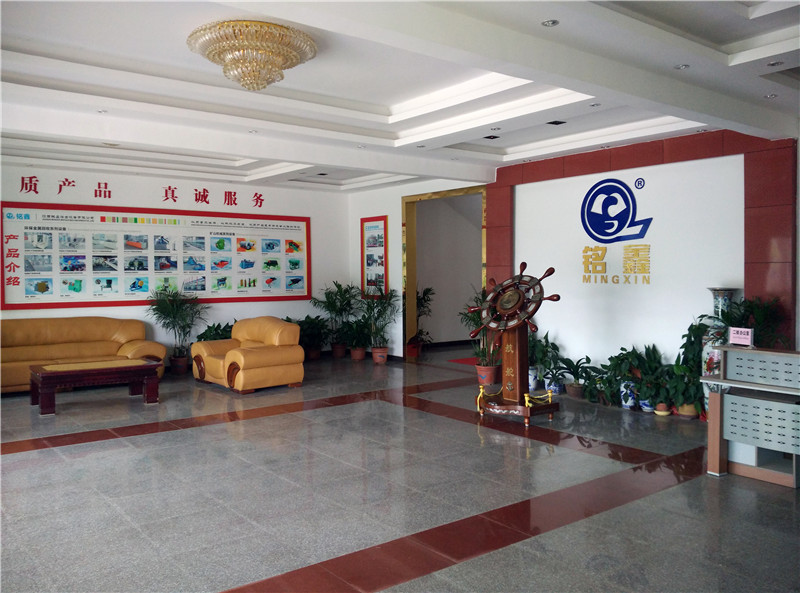Lithium-ion batteries have become an integral part of our daily lives. From smartphones to electric cars, lithium-ion batteries are favored for their high energy density and long life. However, when these batteries suffer damage, they can pose safety risks and environmental concerns. This article will explore why lithium-ion batteries break and how to repair them safely and effectively in industrial applications.
First, the cause of the destruction of lithium-ion batteries
1. Physical damage: The battery may be hit, squeezed or punctured during transportation or use, resulting in damage to the internal structure.
2. Overheating: The battery may expand due to overheating during charging, and even cause a fire.
3. Overcharging: The battery charging time is too long or the voltage is too high, which may cause the internal chemical reaction to run out of control, thus damaging the battery.
4. Short circuit: The internal or external circuit of the battery is short circuit, which may cause excessive current and damage the battery.
Second, the importance of lithium-ion battery repair
1. Safety: Repairing damaged batteries can prevent potential safety incidents such as fire and explosion.
2. Environmentally friendly: Repairing batteries can reduce the impact of waste batteries on the environment and promote sustainable development.
3. Economic benefits: Repairing batteries can reduce the cost of replacing new batteries and improve resource utilization.
Third, lithium-ion battery repair technology and methods
1. Thermal repair: By controlling the temperature, the chemical reaction inside the battery is restored to normal.
2. Chemical repair: Use specific chemicals to neutralize harmful reactions inside the battery.
3. Mechanical repair: Replace damaged battery components, such as electrodes, diaphragms or enclosures.
4. Electronic repair: Optimize battery performance by adjusting battery management system (BMS) parameters.
Challenges and opportunities in industrial applications
1. Challenges: The development and application of repair technology requires a lot of capital and technical support, and also needs to solve battery compatibility and standardization issues.
2. Opportunities: With the popularity of electric vehicles and renewable energy, the demand for lithium-ion battery repair market will continue to grow, providing huge business opportunities for related companies.
The destruction of lithium-ion batteries is a complex issue that requires a combination of safety, environmental and economic considerations. By adopting advanced remediation technologies and methods, we can effectively solve this problem and bring new opportunities for industrial applications. At the same time, we should also strengthen the publicity and education of battery use and maintenance, improve the public's environmental awareness, and jointly promote the sustainable development of the lithium-ion battery industry.











